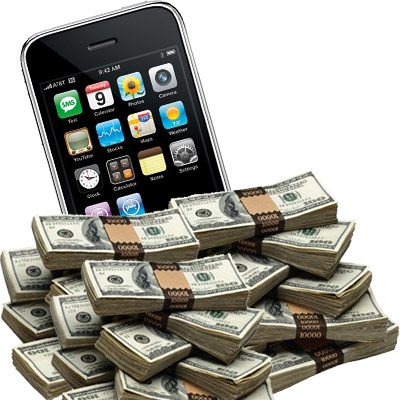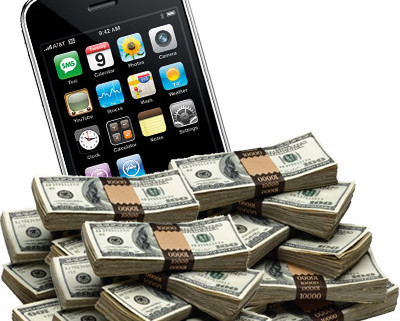Mobile Marketing to Increase Spending Among 12 Vertical Markets
According to a recent report from Millenial Media, spending on mobile marketing among 12 major vertical markets has risen steadily over the past few years. Actually, the money hasn’t necessarily risen as much as it has been pouring in to mobile marketing efforts. These verticals range from government services, retailers, and restaurants.

In Millennial Media’s Smart Report, they took a look at how today’s marketers are steadily transferring their money into mobile marketing while also categorizing the top goals of marketers when they use mobile marketing strategies. “We saw 12 different verticals grow their spend in mobile by more than 100 percent year-over-year,” said Marcus Startzel, General Manager of North America at Millennial Media. “With four verticals growing spend by more than 450 percent.”
Looking at the report, the top industry to increase their spending on mobile marketing was government services. Year-over-year, government services increased their mobile marketing spending by a monstrous 860 percent! Spending from employment marketers exploded over 523 percent, travel marketers raised their spending up to 495 percent, while personal and home services and fitness and wellness health campaigns rounded out the top 5 on on the list.
Along with the top 5, the telecommunications, retail, restaurant, real estate, energy and power, entertainment, automotive, and consumer-packaged-goods businesses raised their mobile marketing budgets over 100 percent. To be more particular, retail and restaurant companies were the top verticals in the report in 2012 and accounted for over 16 percent of all total brand marketing efforts. At the same time, spending on these efforts were raised over 106 percent year-over-year. The number 2 vertical was entertainment with 12 percent of all spending going towards their mobile marketing budget.
The reasons these 12 verticals are upping their mobile marketing budgets are numerous. An example would be video. Video was incorporated into 64 percent of all mobile marketing campaigns used for either product launches or releases. On top of this, 46 percent of campaigns centered on entertainment focused on social media, 40 percent of consumer-packaged-goods businesses used social media, and 21 percent of all campaigns in the report used either a store locator or map feature. Not enough? 37 percent of campaigns implemented an app download, 29 percent of marketers took advantage of site search as a post-click action, and gaming, music, entertainment, social media, and communication apps were the top 4 categories in 2012. These apps maintained their popularity year-over-year.

19 percent of advertisers leveraged mobile marketing to promote mobile subscriptions and 16 percent of advertisers combined ecommerce with their mobile marketing campaigns.
The marketers were grouped into 3 separate groups when it came to marketing. They were IT decision makers, gadget geeks, and in-market auto buyers. The top goals of the advertisers using mobile consisted of keeping a presence within their respective industries, building brand awareness, and driving site traffic. “Advertisers are using our mobile audience solutions to reach specific groups of consumers,” concluded Startzel. “And whether they are targeting IT decision makers, moms, or in-market auto intenders, mobile is a channel that can work for basically any vertical.”
So as you can see, mobile marketers are starting to not only notice the benefits and advantages of mobile marketing for their businesses, but they are also beginning to learn how to properly leverage it to their advantage. Make sure you are one of these businesses! If you are not you are only asking to fall behind and lose out to the competition that IS using mobile marketing to their advantage.









Leave a Reply
Want to join the discussion?Feel free to contribute!